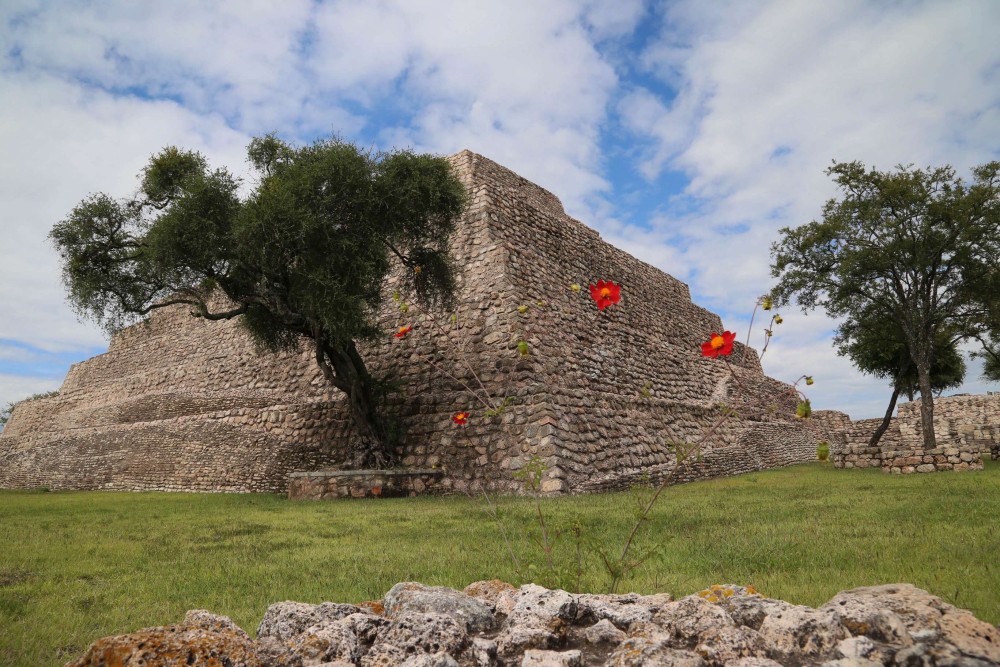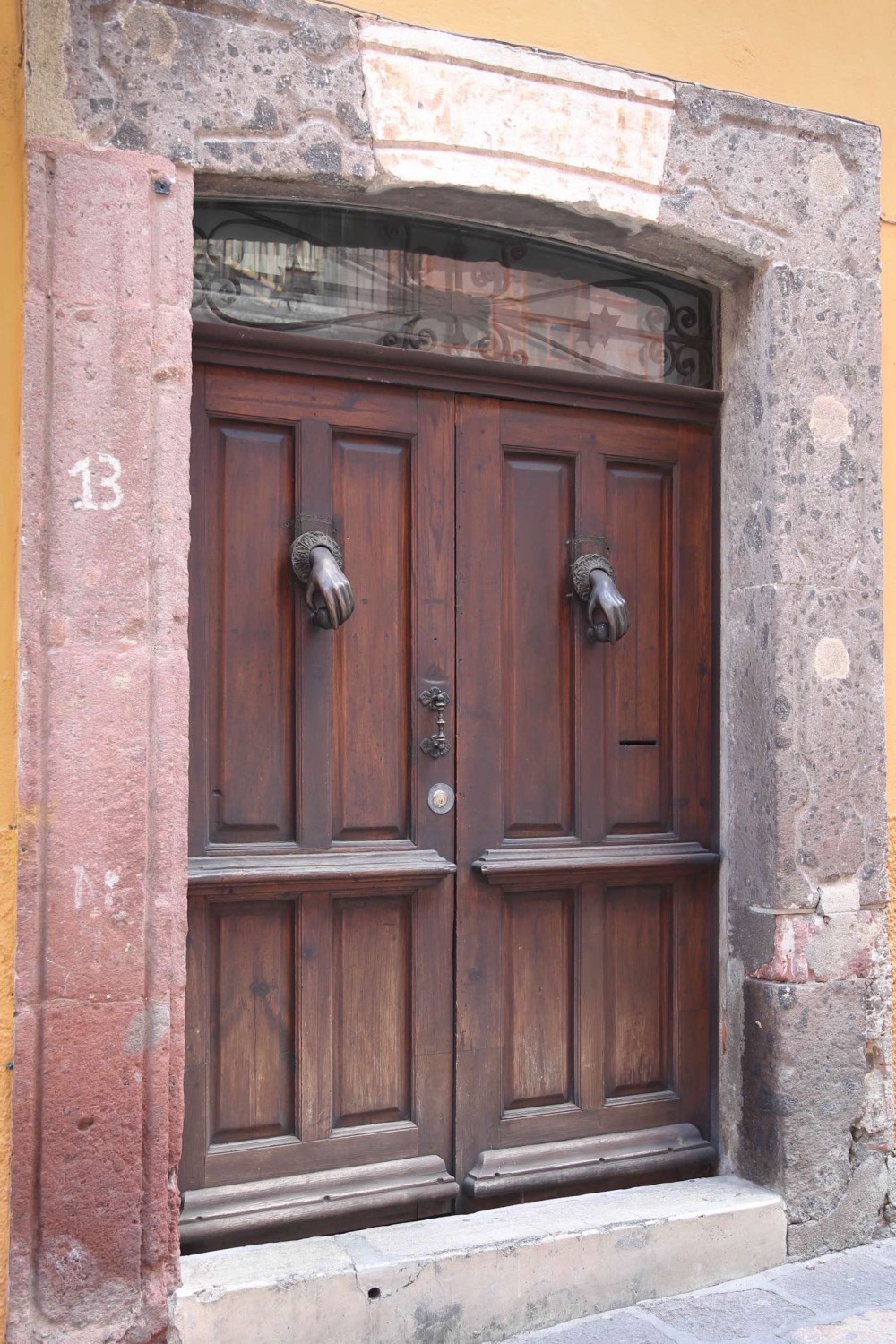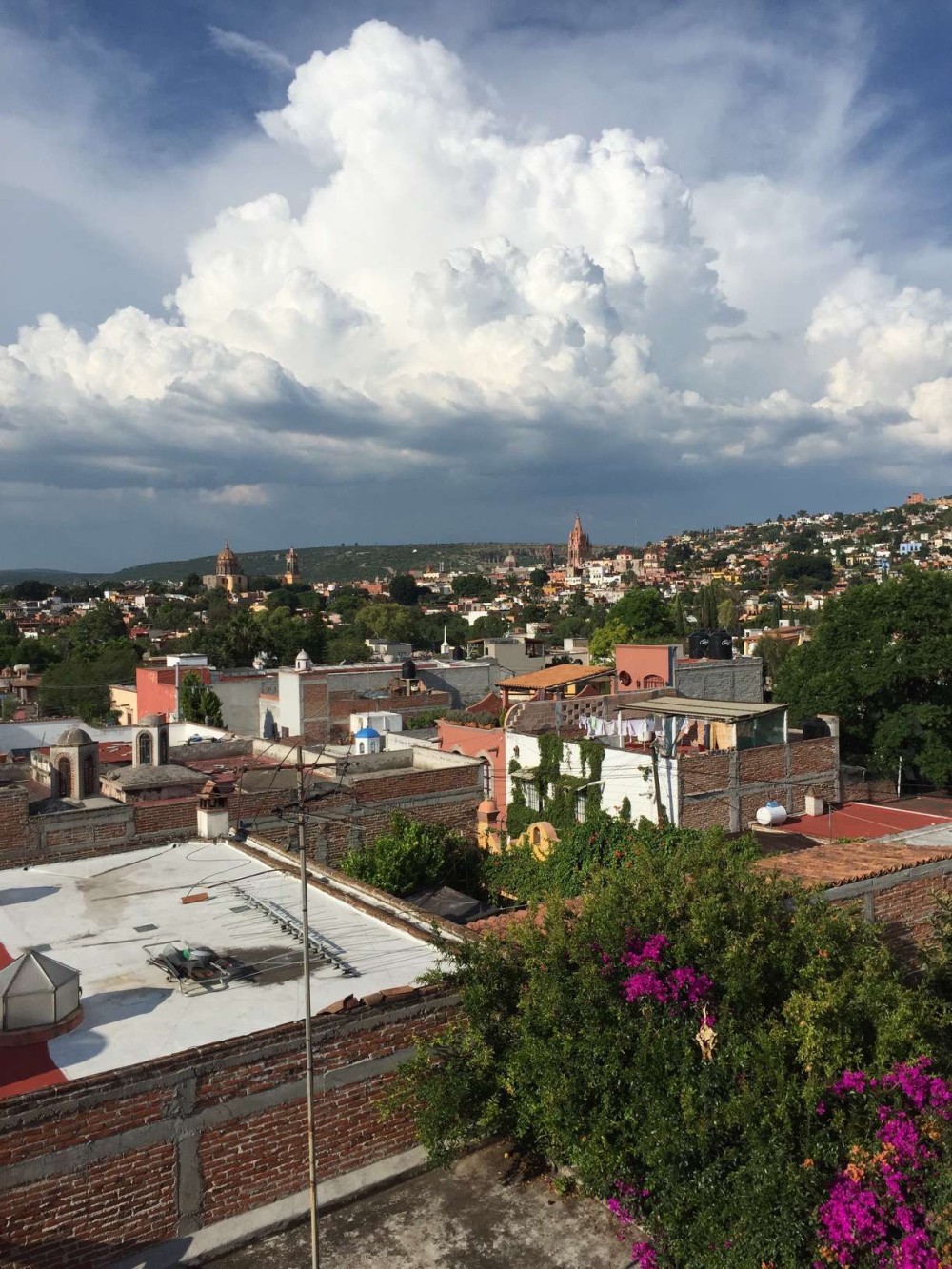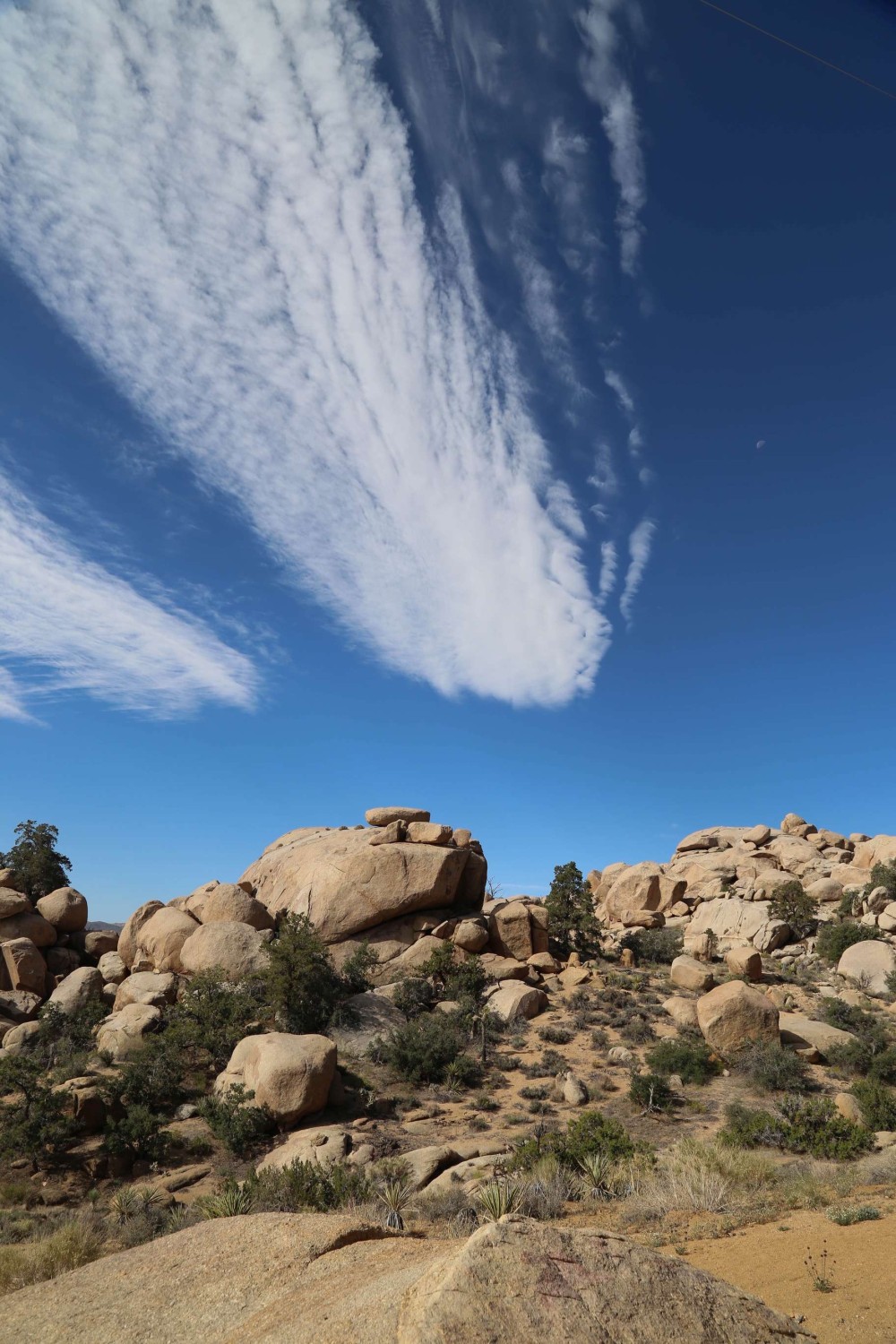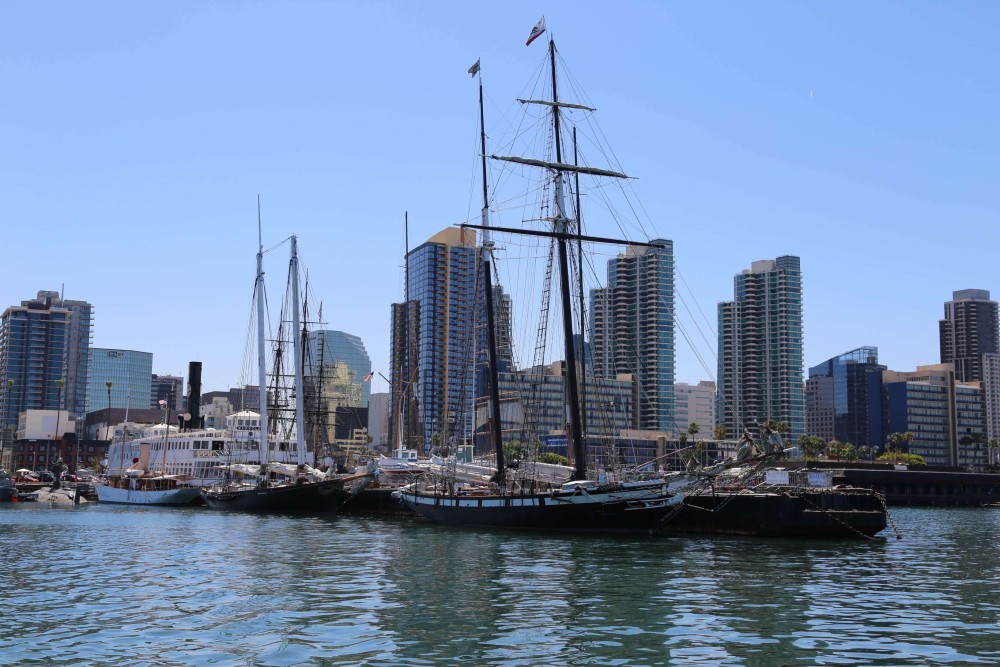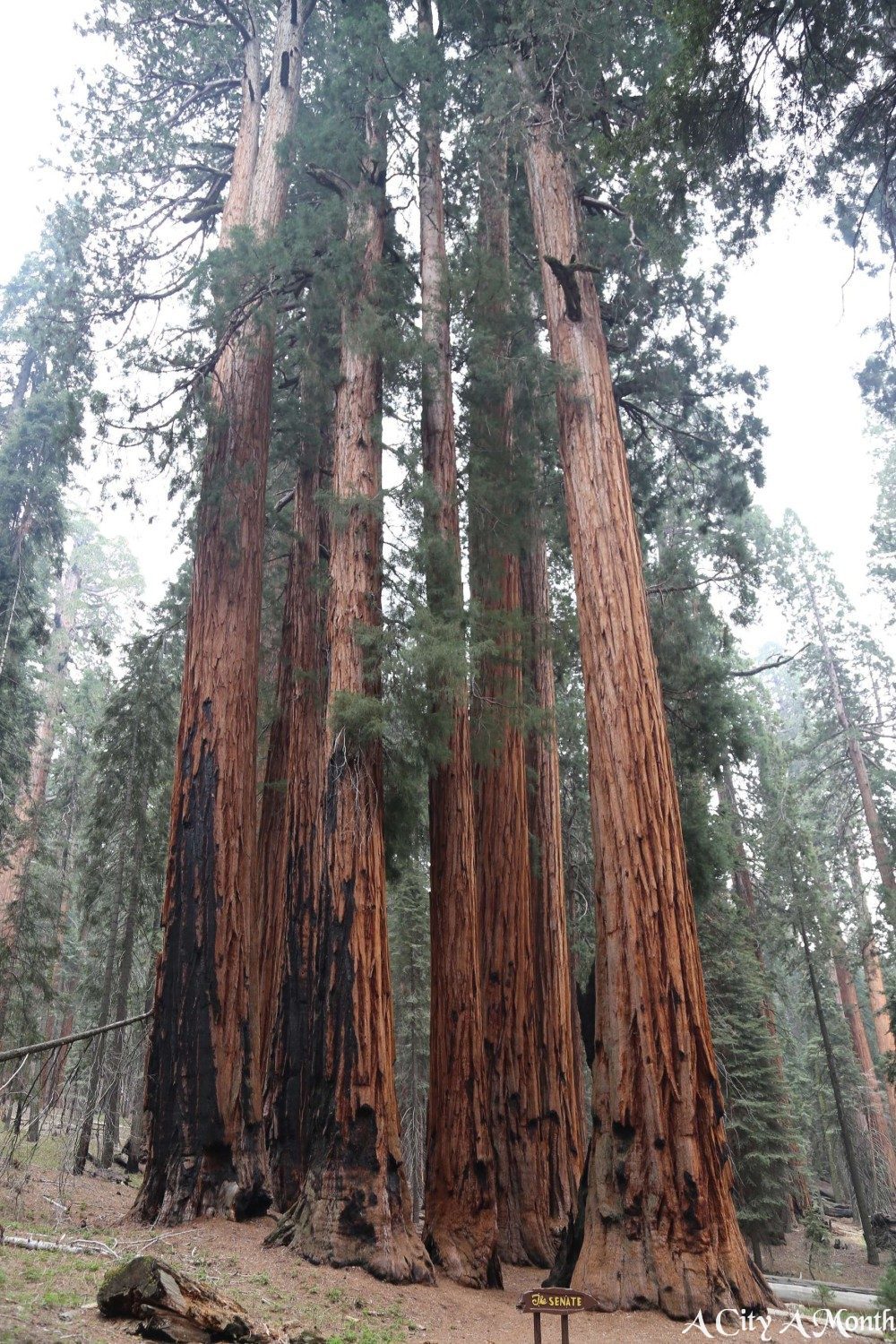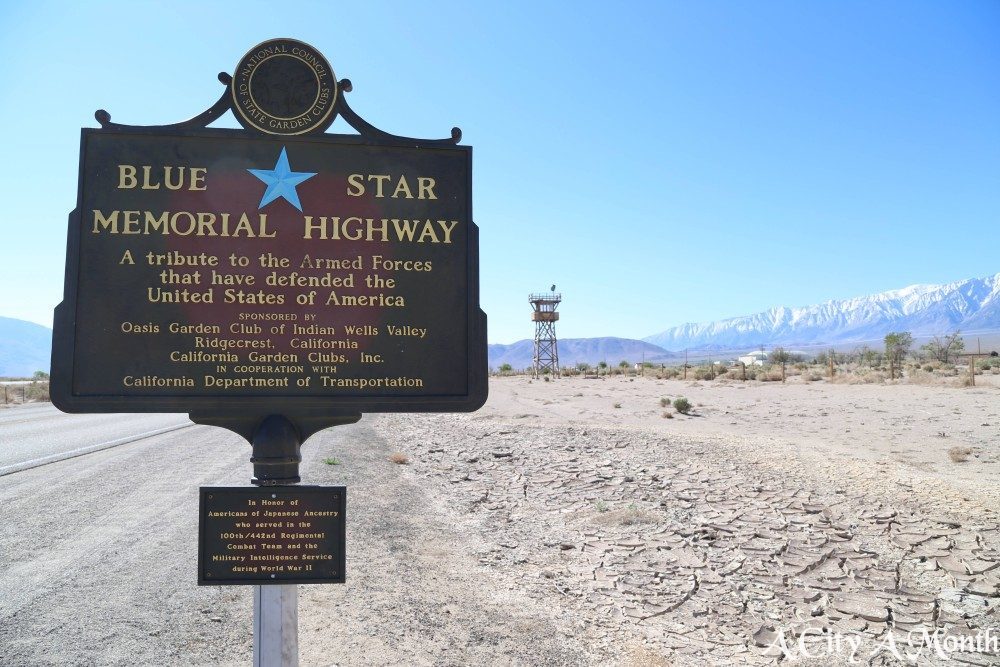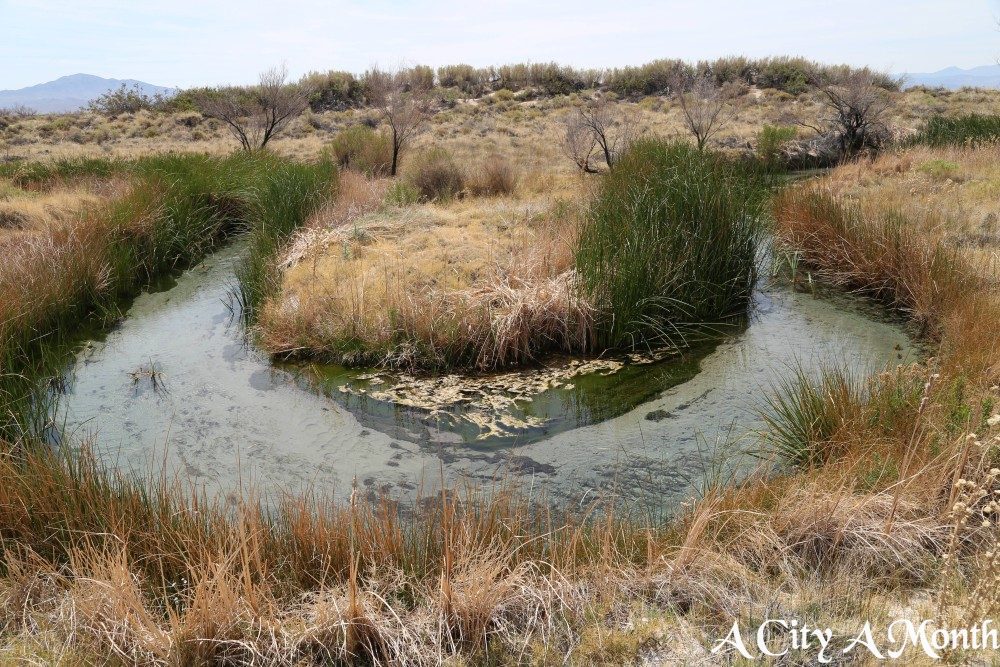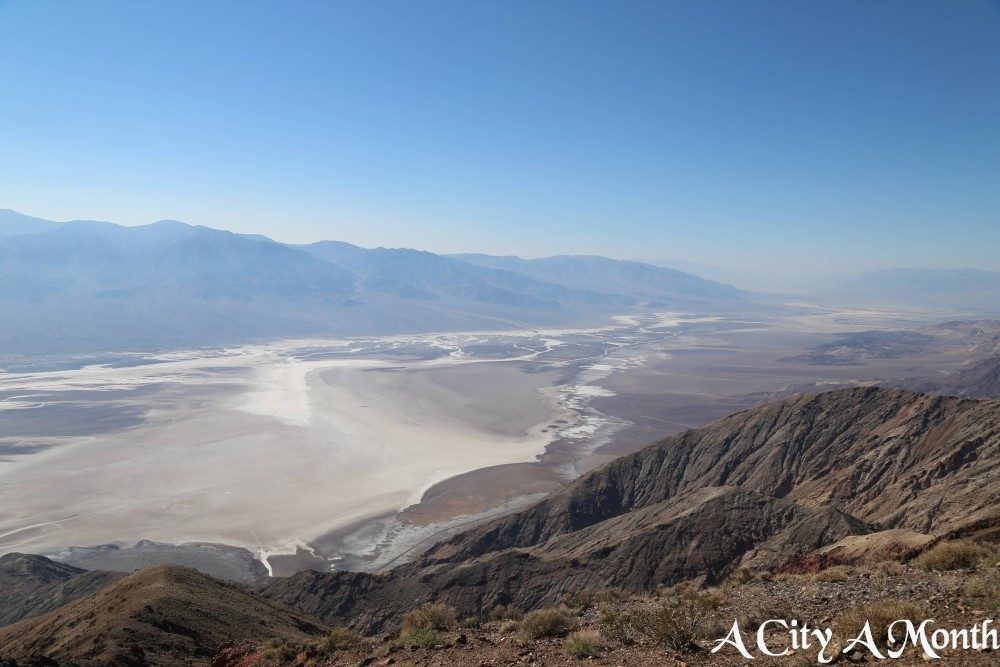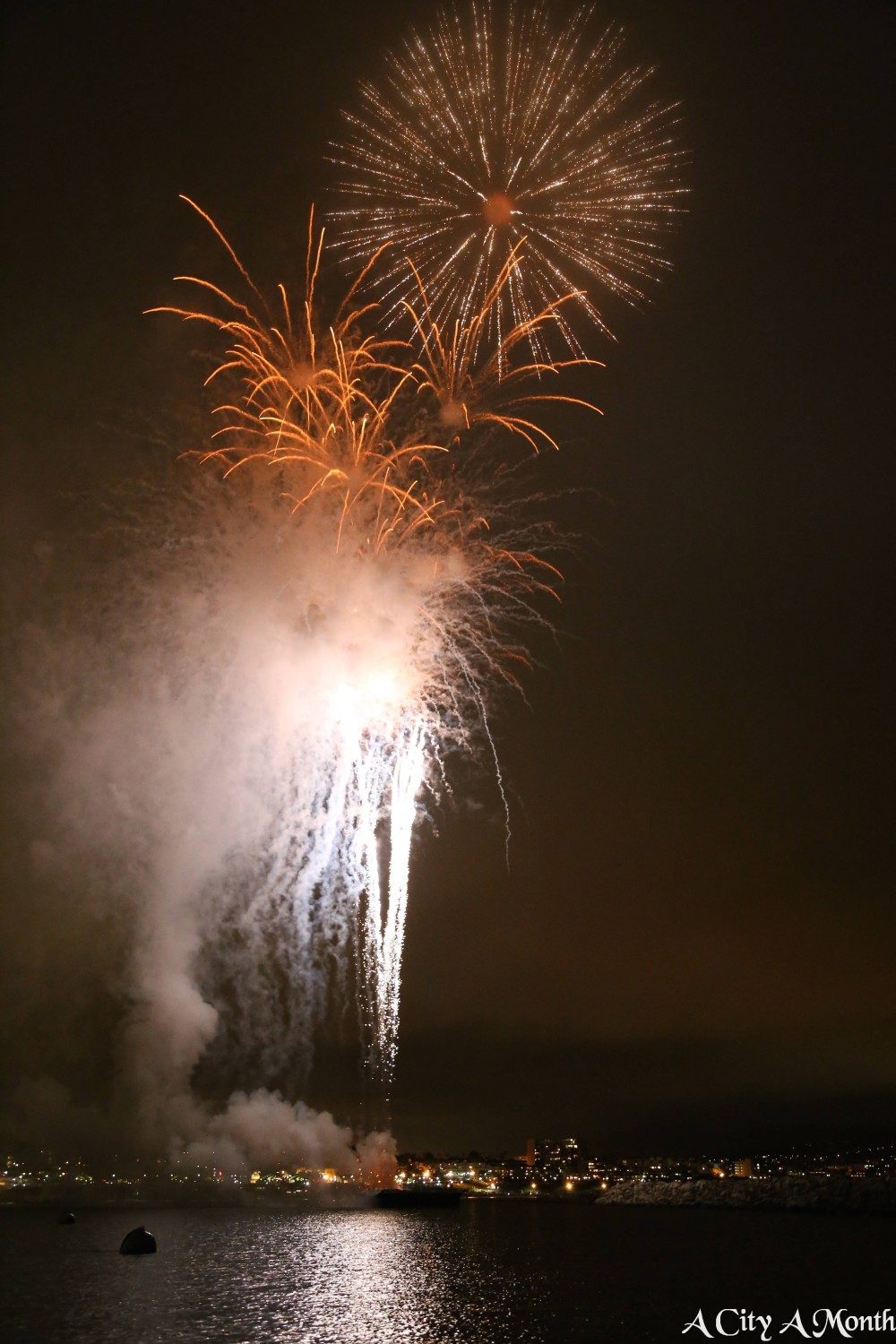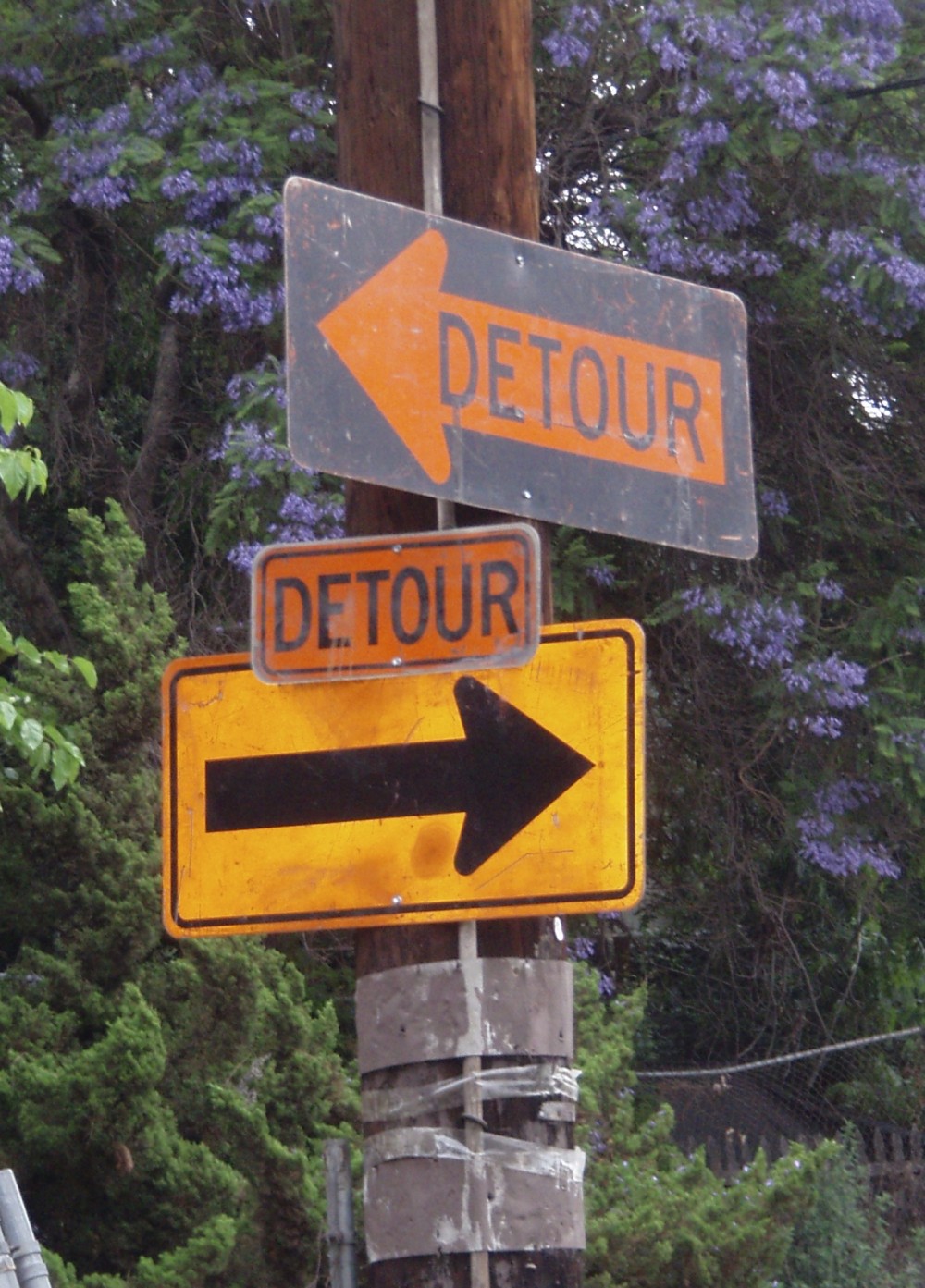A short distance southwest from San Miguel de Allende puts you at Cañada de la Virgen, one of Mexico’s most recently excavated pyramids, near the northern edge of Mesoamerican pyramids, and surrounded by private land in an out-of-the-way location that reduces visitor traffic and greatly enhances the guest experience.
Pyramids are some of the oldest buildings on earth and throughout Mexico, Central and South America they were built and revered by Olmecs, Mayans, Incas, Aztecs, Toltecs, and others. The form and size of pyramids are generally simple to construct and they provide a vantage to survey the surrounding lands and study the heavens.
